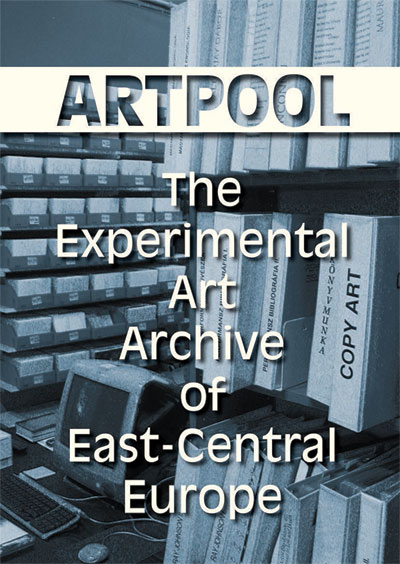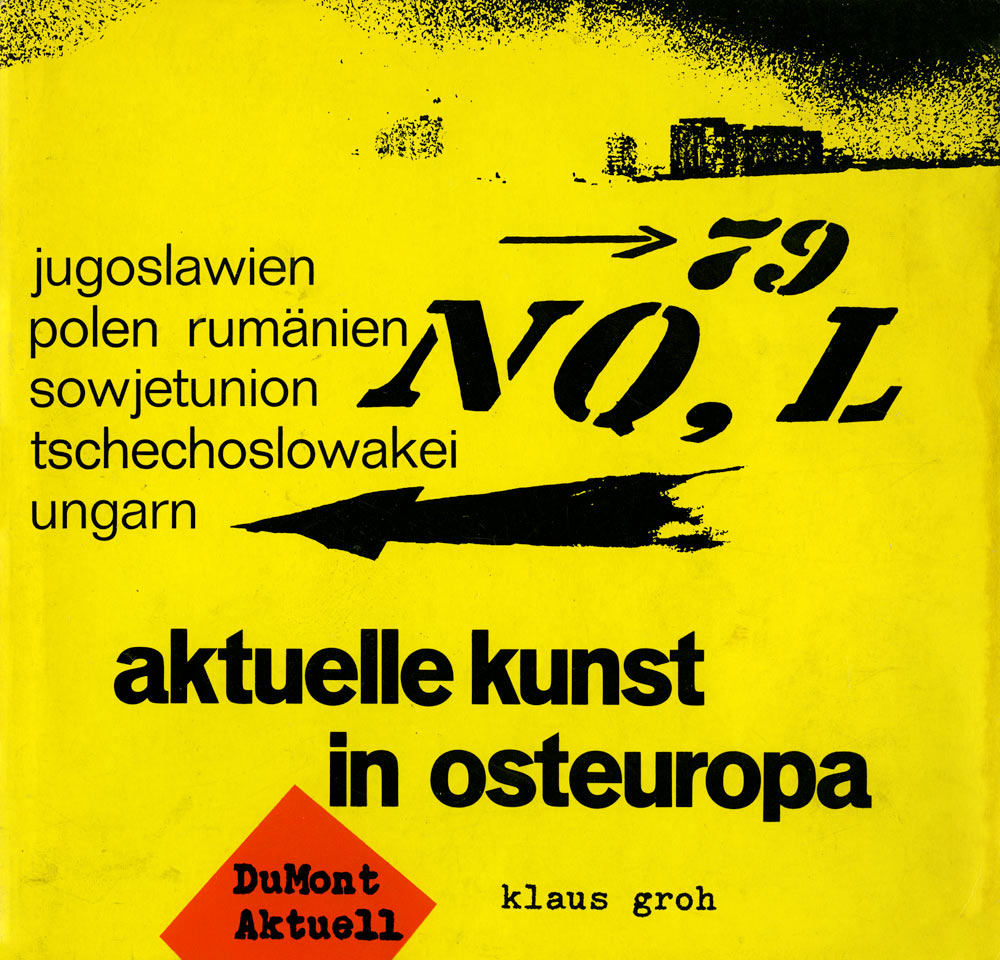WHW, tranzit.hu, Muzeum Sztuki w Łodzi, kuda.org (eds.): Art Always Has Its Consequences (2010)
Filed under book | Tags: · art, art history, curating, east-central europe, eastern europe, neo-avant-garde

“The publication is a result and a recapitulation a two-year collaborative platform that explored practices through which art reaches its audience and their significance for broader relations between art and society, focusing on four thematic strands: the history of exhibitions, artists’ texts, conceptual design, typography, and institutional archives. The book consists of three chapters; the first chapter contains of a chronology of the overall project events and exhibitions of the past two years. The second chapter is a reader of newly commissioned essays and reprints of relevant historical texts written or selected for the book around the issue of the former East. The third section is a documentation of the closing exhibition in Zagreb.”
Essays and interviews by G. M. Tamás, kuda.org & Hito Steyerl, Ovidiu Tichindeleanu, Renata Salecl, Boris Buden, Ozren Pupovac, Maciej Gdula, Gal Kirn, Hedwig Saxenhuber, Elena Filipovic.
Artist’s writings and documents from Miklós Erdély, Dóra Maurer, Goran Đorđević, Andreas Fogarasi, Guerilla Art Action Group, Tibor Hajas, Sanja Iveković, Andreja Kulunčić, David Maljković, Dimitrije Bašičević Mangelos, Vlado Martek, Piet Mondrian, Ciprian Mureşan, Deimantas Narkevičius, Novi Kolektivizam, Andrzej Partum, Gyula Pauer, Tamás St.Auby, Tomo Savić – Gecan, Sean Snyder, Mladen Stilinović, Bálint Szombathy, Milan Trenc, Ultra-red, GEFF, Radoslav Putar, and Symposium Wroclaw ’70.
Edited by What, How & for Whom/WHW [Ivet Ćurlin, Ana Dević, Nataša Ilić, Sabina Sabolović], Dóra Hegyi & Zsuzsa László [tranzit.hu], Magdalena Ziółkowska & Katarzyna Słoboda [Muzeum Sztuki w Łodzi], and new media center_kuda.org
Publisher What, How & for Whom/WHW, Zagreb, 2010
ISBN 9535595113, 9789535595113
265 pages
via WHW
György Galántai, Julia Klaniczay (eds.): Artpool: The Experimental Art Archive of East-Central Europe (2013)
Filed under book | Tags: · archive, art, art history, artists book, avant-garde, east-central europe, fluxus, mail art, performance, sound poetry, visual poetry

“How could an arts initiative, called Artpool, in the 1970s, in a small corner of the world, in East-Central Europe, become a significant node, a reference point in a worldwide – initially analogue (postal) then digital (online) – network?
How has it been able to validly speak out and address issues and people again and again in the ‘storms’ of history and scientific-technological progress, for more than four decades now?
Using authentic documents, numerous photographs and illustrations Artpool’s chronological volume containing a brief presentation of events and exhibitions, a detailed bibliography and references follows the history of the Artpool art project – launched more than forty years ago by fine artist György Galántai and later jointly realized with Júlia Klaniczay – from the exhibitions of the Chapel Studio active in Balatonboglár between 1970 and 1973, through the establishment of the Artpool archive in 1979 to the opening of the Artpool Art Research Center in Budapest in 1992 and its becoming an esteemed research facility by the 2010s.
Hundreds of artists from all corners of the world sent their works to the international Artpool exhibitions, which are built on the “Active Archive” concept and explore themes inspired by our perpetually changing world, in the same way as György Galántai and Artpool also participated in the events organized in the various other nodes of the “Eternal Network”.
The information accumulated in Artpool over the forty years, the collections that were built up, and the research work based on them form the tissue of today’s institute, which beyond the developments in the art scene also informs us about the eventful forty or so years during which Artpool came into being and has continued to operate. This period can be best described by the following keywords: communism, iron curtain, secret files, tapping telephone wires, bans, “the happiest barrack”, samizdat publications, counterculture, change of the system, democratic transition, freedom of the press and speech, independent non-profit initiatives, European Union, strengthening nationalism and conservatism; 20th century, millennium, 21st century; technological and communication explosion.”
Foreword by Kristine Stiles
Publisher Artpool, Budapest, 2013
ISBN 9630872250, 9789630872256
535 pages
PDF (50 MB, updated on 2019-10-29)
Flash
Klaus Groh (ed.): Aktuelle Kunst in Osteuropa (1972) [German]
Filed under book | Tags: · 1960s, 1970s, action art, art, avant-garde, body art, conceptual art, east-central europe, eastern europe, land art

“This book by the West-German mail artist, editor and collector Klaus Groh, published in 1972, was an important contribution to familiarizing Western Europe with Eastern-European, primarily conceptual art and land art, body art, action, etc. This frequently cited publication includes works by 78 artists.” (Source)
Publisher DuMont-Schauberg, Cologne, 1972
ISBN 3770106172, 9783770106172
222 pages
via Artpool Budapest

